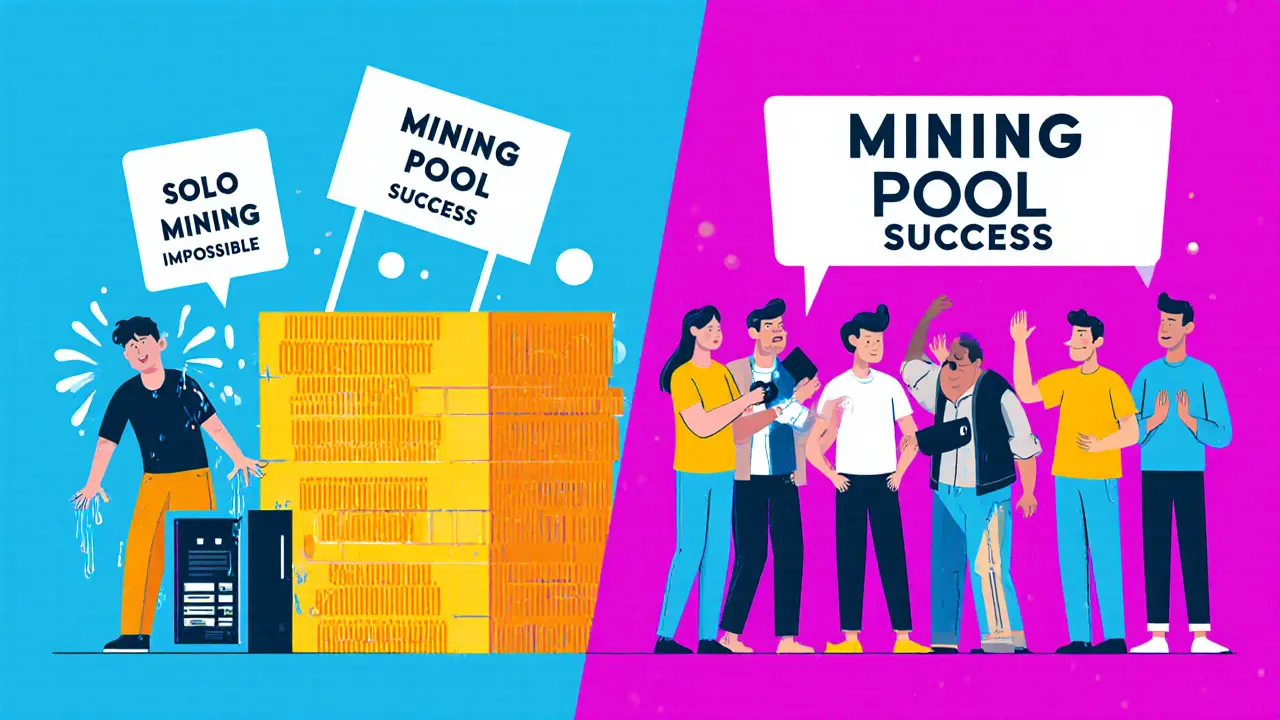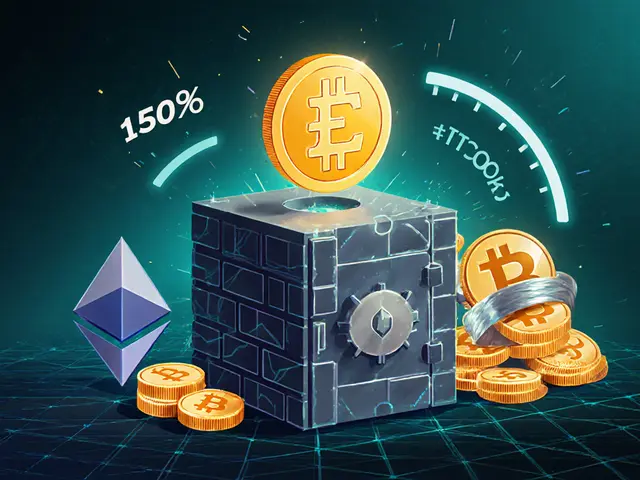Mining Pool Selection: How to Pick the Best Pool for Your Mining Goals
When working with mining pool selection, the process of choosing a mining pool that matches your hardware, payout preferences, and risk tolerance. Also known as pool choice, it can dramatically affect your earnings and long‑term stability.
First, understand what a mining pool, a group of miners who combine their hash power to find blocks more consistently and share the reward. Pools differ in fee structures, payout methods, and the way they distribute work. A lower fee doesn’t always mean higher profit if the pool’s reliability is poor. Look for pools with transparent fee schedules, typically ranging from 0.5% to 2% of mined rewards.
Key Factors That Shape Your Decision
Effective mining pool selection requires a solid grasp of hash rate, the combined computing power of all miners in the pool, measured in TH/s or PH/s. A pool with a massive hash rate will find blocks more often, but the reward per miner may be smaller. Smaller pools offer higher variance, which can be attractive if you enjoy occasional big payouts.
The payout method, the rule that determines how and when rewards are distributed to participants is another crucial element. Pay‑per‑share (PPS) guarantees a fixed reward per share submitted, shielding you from variance but often carries higher fees. Proportional (PROP) pays based on the pool’s actual block reward, which can lead to higher earnings during lucky streaks but also periods of low income. Choose the method that matches your cash‑flow needs.
Don’t forget mining hardware, the ASICs, GPUs, or CPUs you use to generate hashes. Some pools optimize for specific algorithms or hardware types. If you run a fleet of Antminer S19s, a pool tuned for SHA‑256 and high‑throughput will maximize your efficiency. Conversely, GPU miners working on Ethereum (or its successors) may prefer pools with lower latency and specific support for Ethash.
Security and decentralization also play a role. Pools that centralize too much of the network’s hash power can become targets for attacks or censorship. Look for pools that publish their server locations, use SSL/TLS encryption, and have a solid reputation in community forums. A diverse pool landscape keeps the blockchain healthier and reduces the risk of single‑point failures.
Finally, consider the pool’s community and support resources. Active Discord channels, responsive support tickets, and clear documentation help you troubleshoot issues quickly, keeping downtime to a minimum. A helpful community can also share tips on optimizing settings, adjusting power consumption, or navigating tax implications.
Below you’ll find a curated list of articles that dive deeper into each of these topics. From detailed fee breakdowns to hardware compatibility guides, the collection gives you the actionable insights you need to make an informed mining pool selection and boost your mining profitability.







